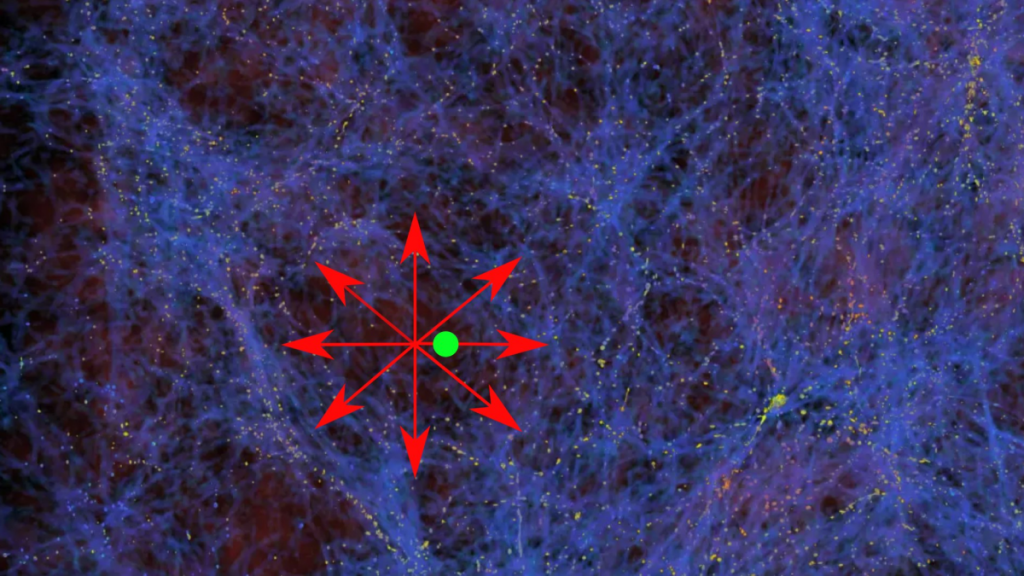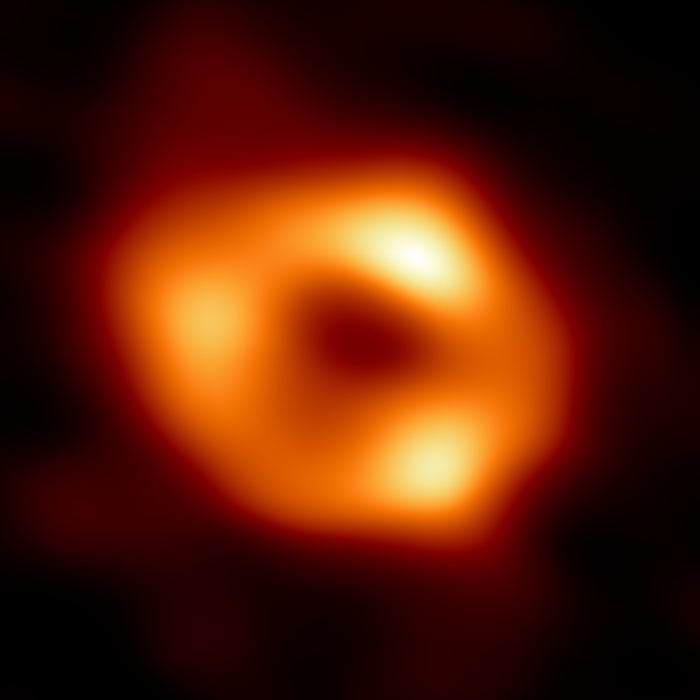The black hole at the center of our galaxy, the Milky Way, and the closest has been imaged, thanks to the international collaboration Event Horizon Telescope (Eht) and the Italian contribution from the National Institute of Astrophysics (Inaf), National Institute of Nuclear Physics (Infn), Federico II University of Naples and Cagliari. The image is conclusive evidence of the presence of a black hole in the center of the Milky Way. The result was published in 10 articles in The Astrophysical Journal Letters, and the result was announced worldwide starting in Germany, with the European Southern Observatory (ESO); In Italy by Inaf, Infn and the two universities.
Three years after the first image of a black hole, the image of galaxy M87, the new image conclusively confirms the presence of a black hole at the center of our galaxy: “conclusive evidence,” as the researchers defined it at the press conference. It was organized in Rome: Ciriaco Goddi of the University of Cagliari, Inaf and Infn, Elisabetta Liuzzo, Nicola Marchelli and Cazzi Rigel, the three of the INAF, and in connection with Mariafelicia De Laurentis of the Federico II University of Naples and Infn, and Rocco Lecco of the Astronomical Institute of Andalusia and Infn.
Also in this historical snapshot, as a result of the work of more than 300 researchers from 80 institutes around the world who together make up the Eht collaboration, the black hole is not directly visible because it does not emit light: you can see a thick ring of shiny gas, as big as it could be If it is around the moon, which surrounds a central dark region called the “shadow”. The ring is produced by light distorted by the strong gravitational pull of the black hole, which has a mass four million times the mass of the Sun and is 27,000 light-years from Earth, in the direction of the constellation Sagittarius.
Although black holes look very similar, the Milky Way’s hole is a thousand times smaller and less massive than M87. The image was obtained thanks to a global network of eight radio telescopes, including the most powerful in the world: ALMA (Atacama Large illimeter / submillimeter Array), in which Italy participates through the European Southern Observatory (ESO) and hosts the Italian node of the European Regional Center ALMA At the INAF headquarters in Bologna. Working in unison, as if they were an Earth-sized instrument, they were pointed together at the galactic core for several nights in April 2017, collecting data for many hours at a time, similar to what they’ve been doing for a long time. Camera exposure. Although Sagiuttarius A* is much closer to the first black hole immortalized in the image, obtaining an image of it was more difficult: because it is smaller, gas orbits around it very quickly, taking a few minutes to complete a revolution around it. The black hole (versus the days it takes gas around the black hole in M87). Thus, to get the image, it was necessary to make an average of the many images obtained in the search campaign.

“Internet trailblazer. Travelaholic. Passionate social media evangelist. Tv advocate.”







More Stories
A possible explanation for one of cosmology's greatest mysteries has arrived
From Earth to the Moon at the speed of light: Watch the chilling video
Watch what the planets were like 3.8 billion years ago, video (chilling reconstruction)